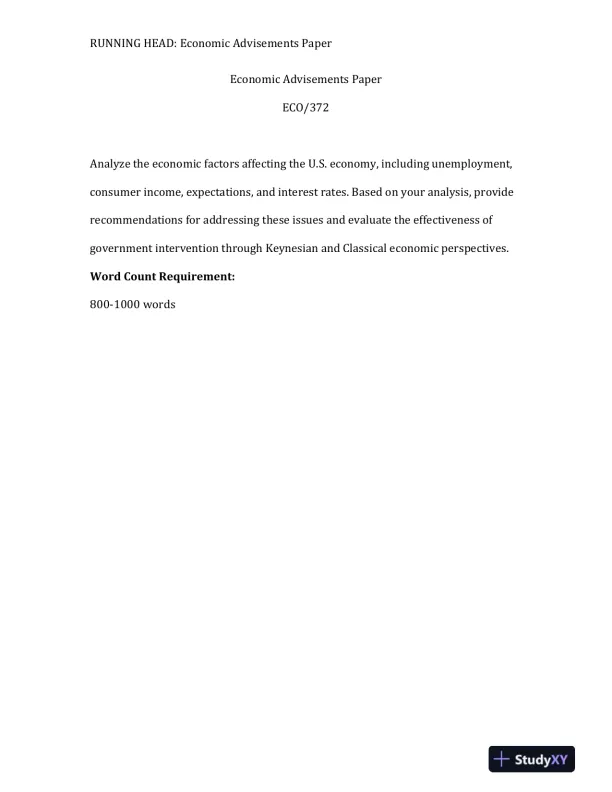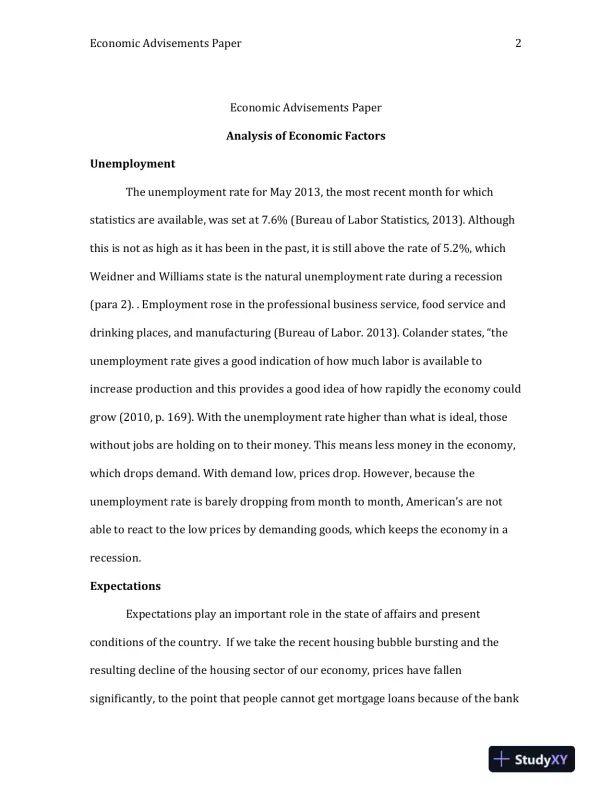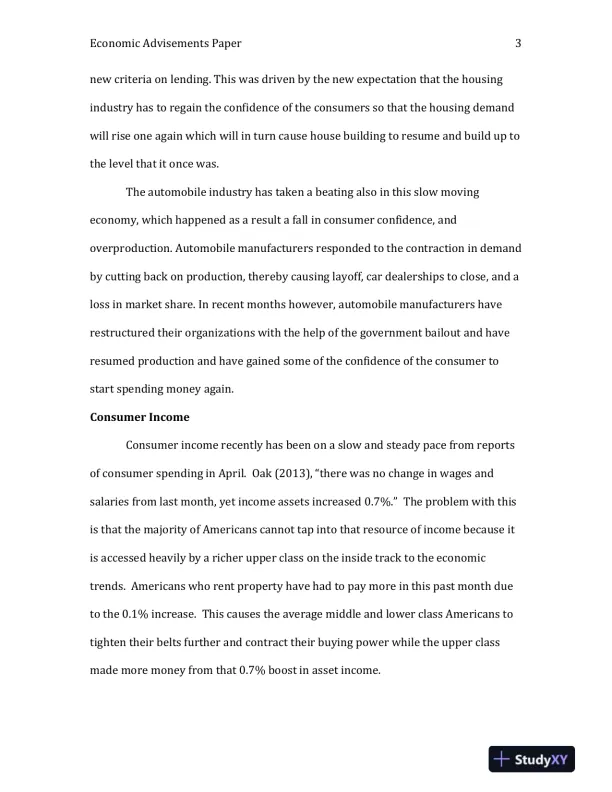Page 1

Loading page image...
Page 2

Loading page image...
Page 3

Loading page image...
Page 4

Loading page image...
An advisory paper covering macroeconomic concepts and financial decision-making.
Loading page image...
Loading page image...
Loading page image...
Loading page image...
This document has 10 pages. Sign in to access the full document!